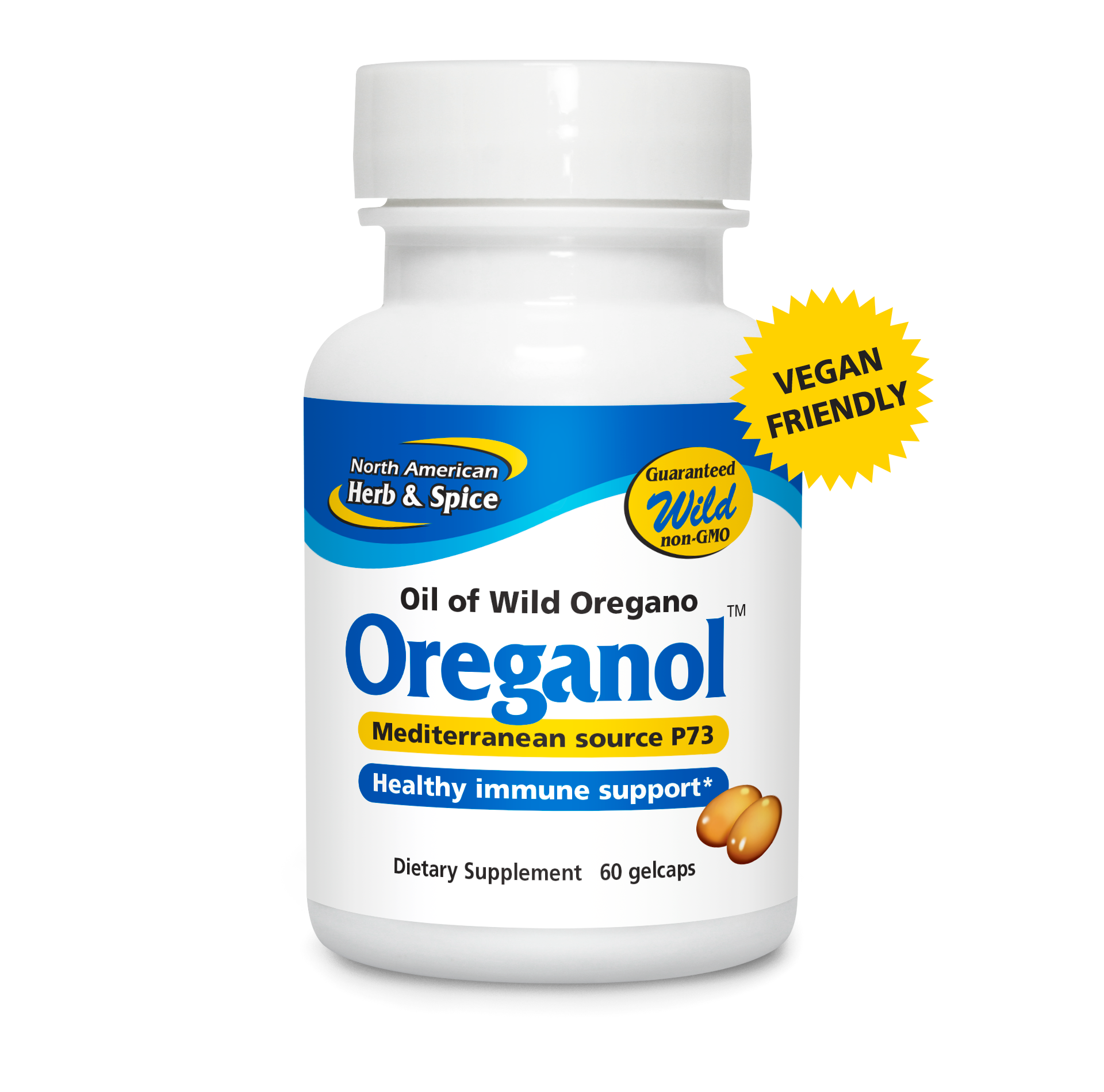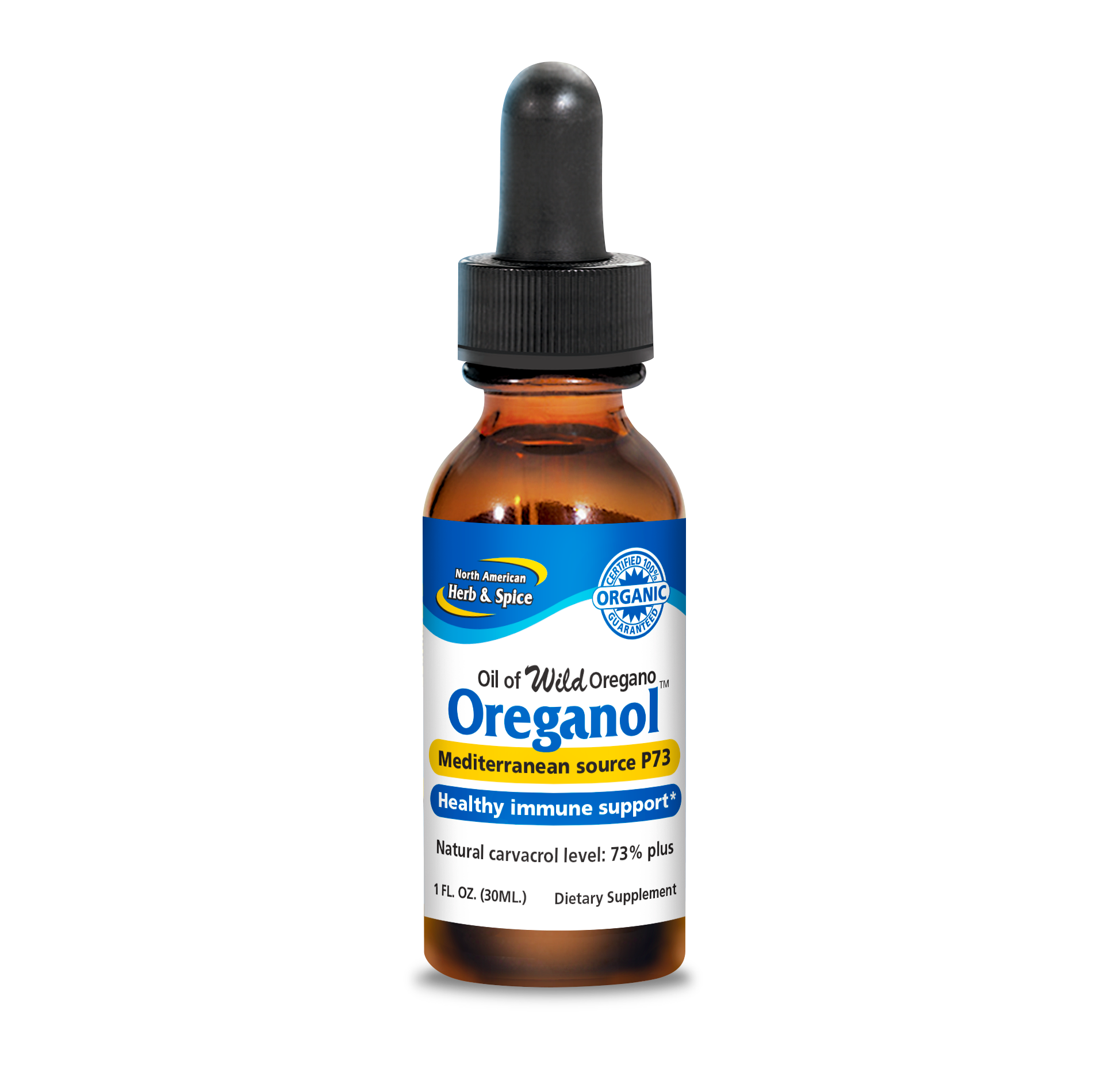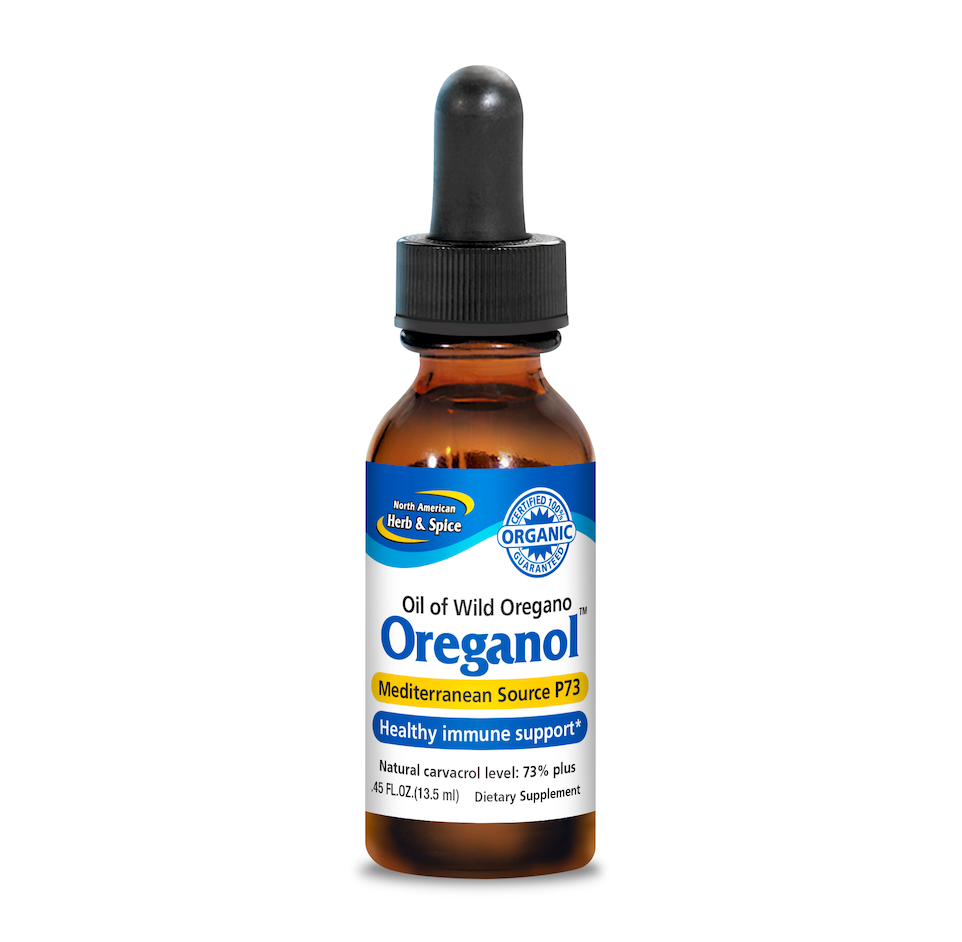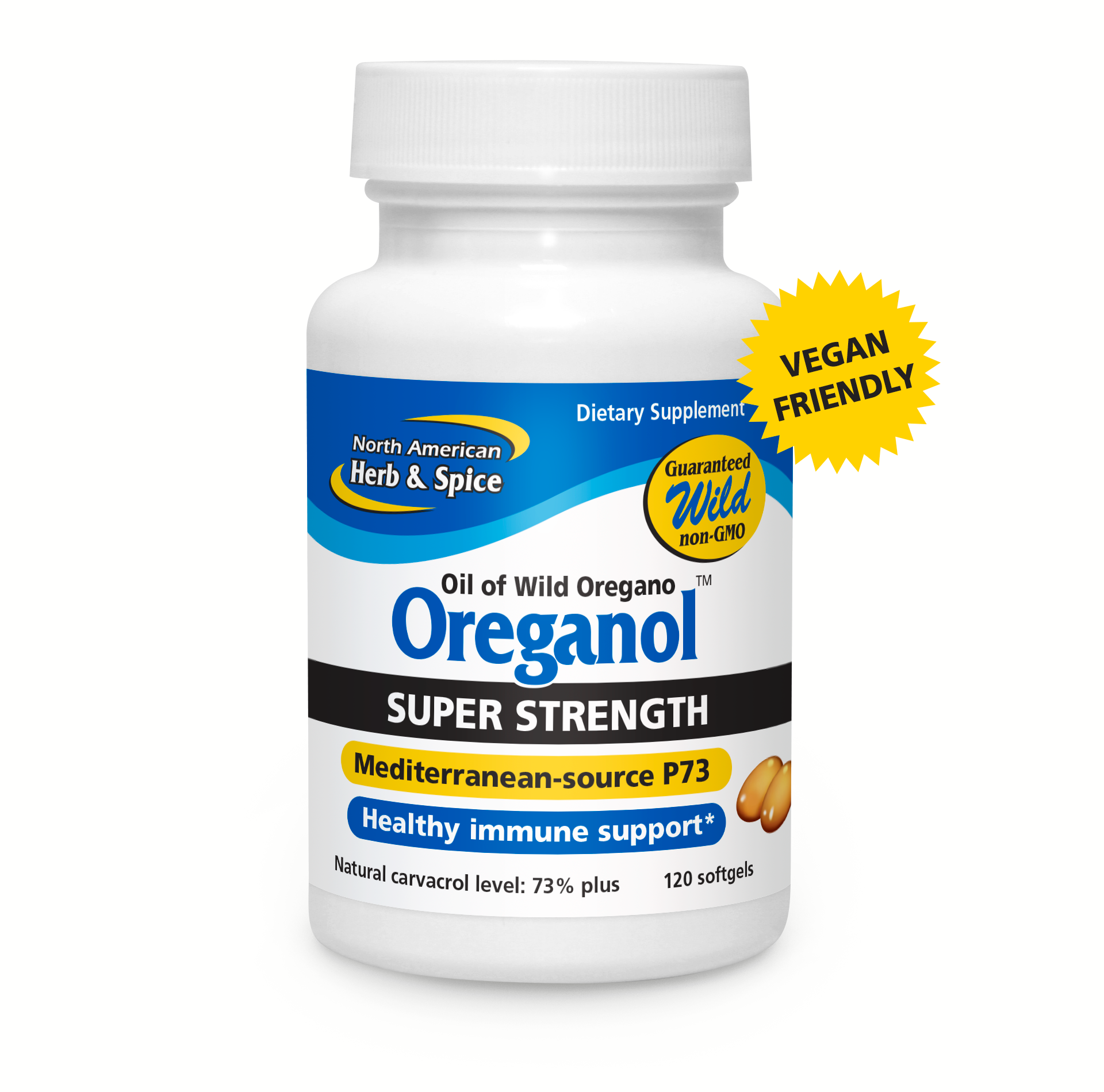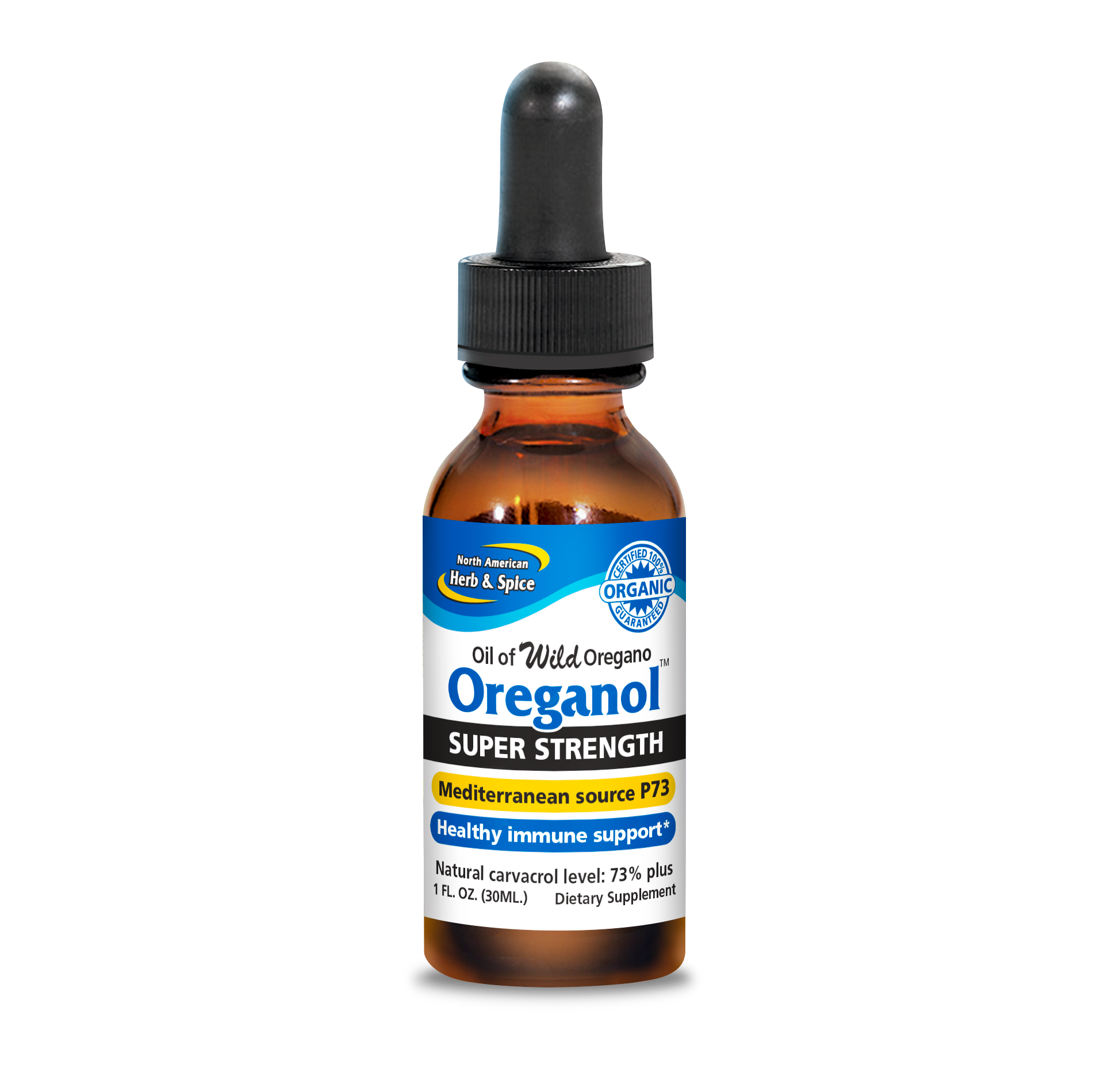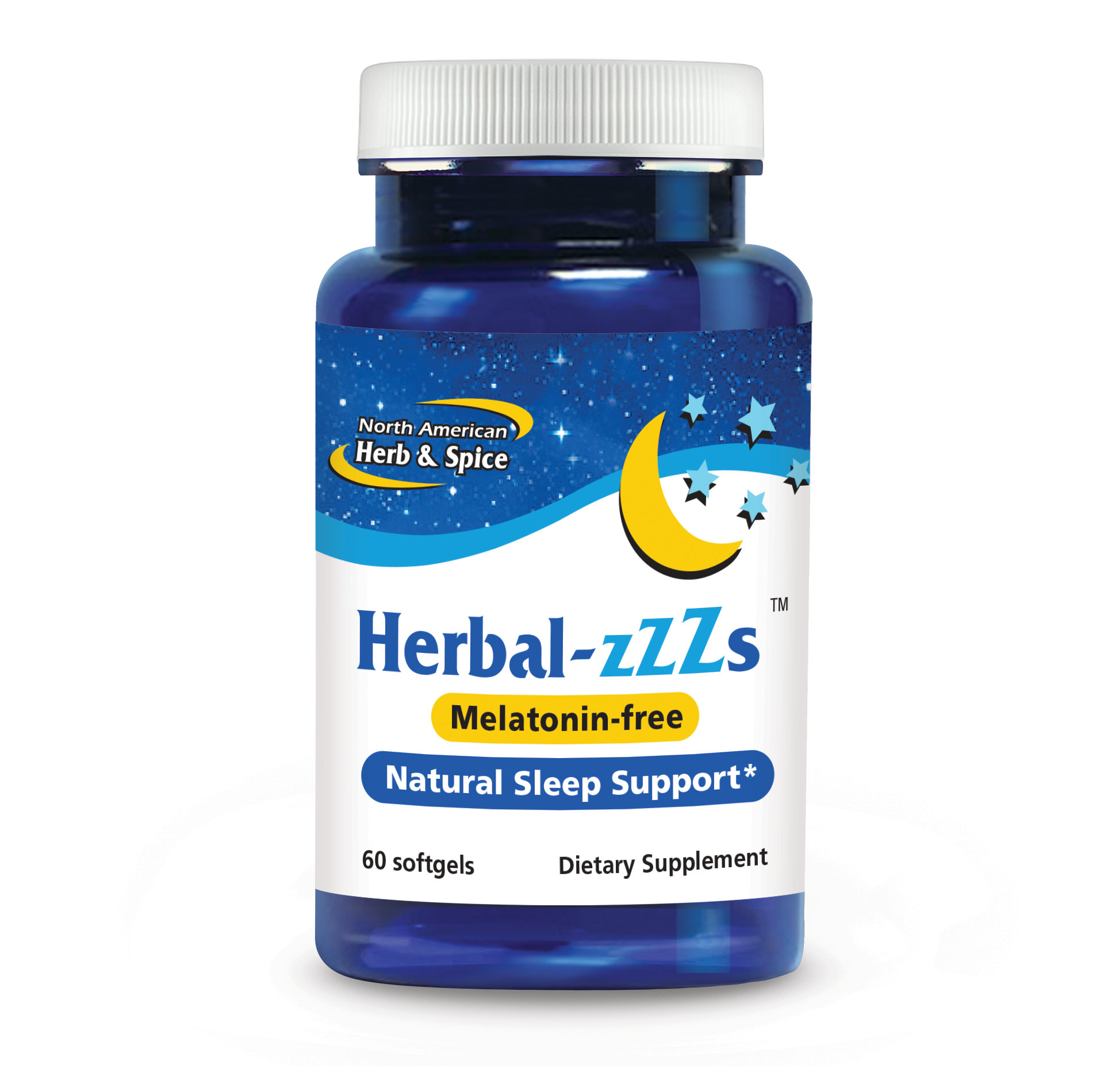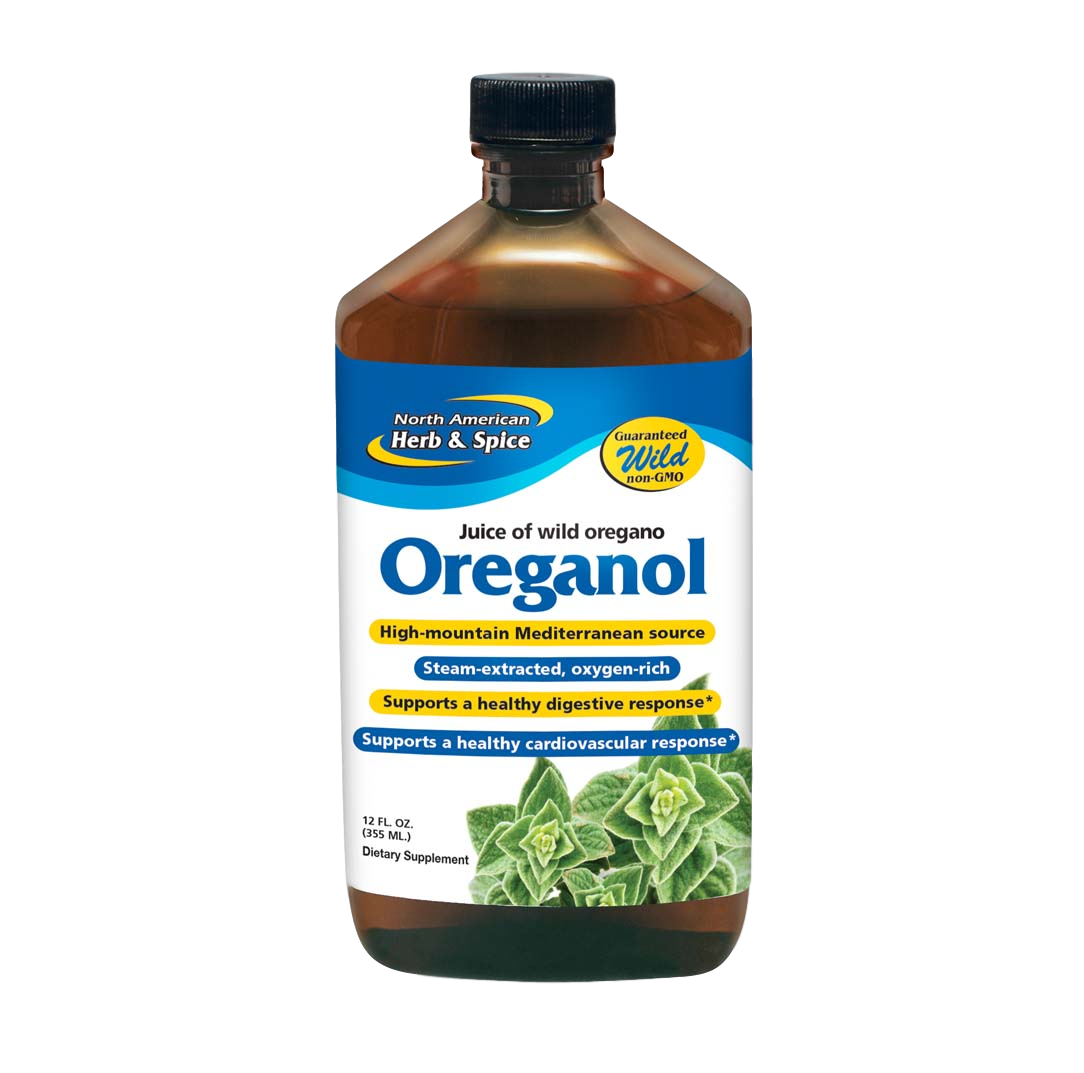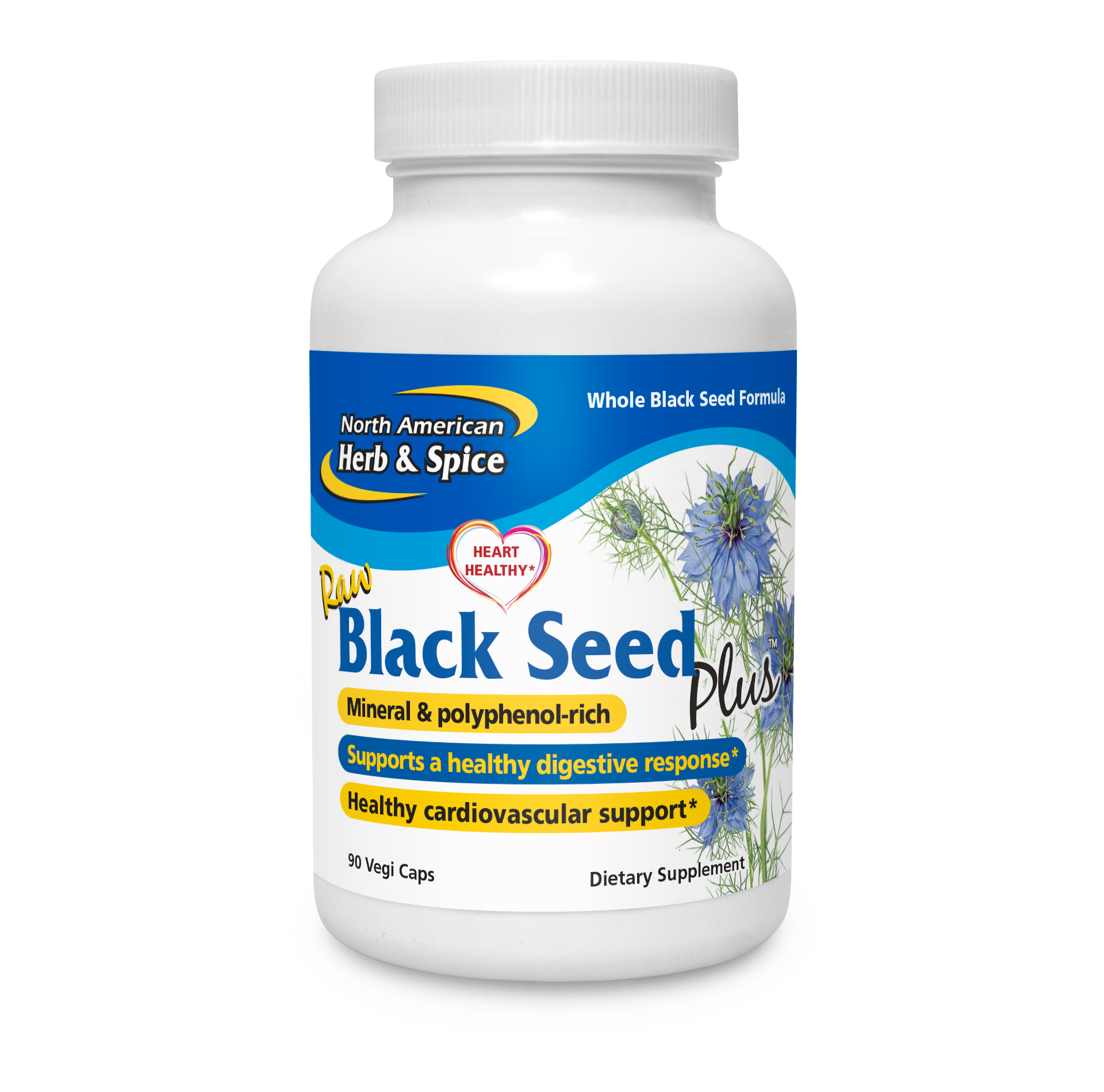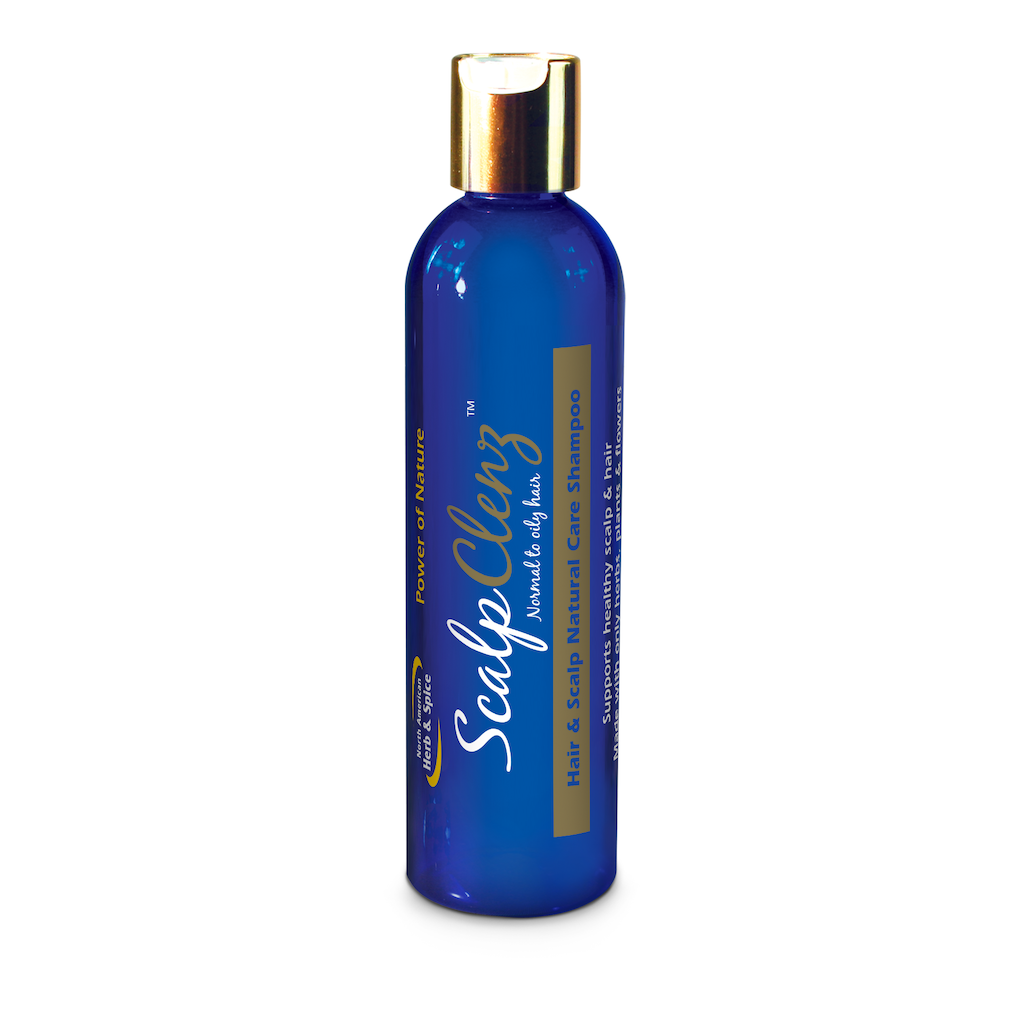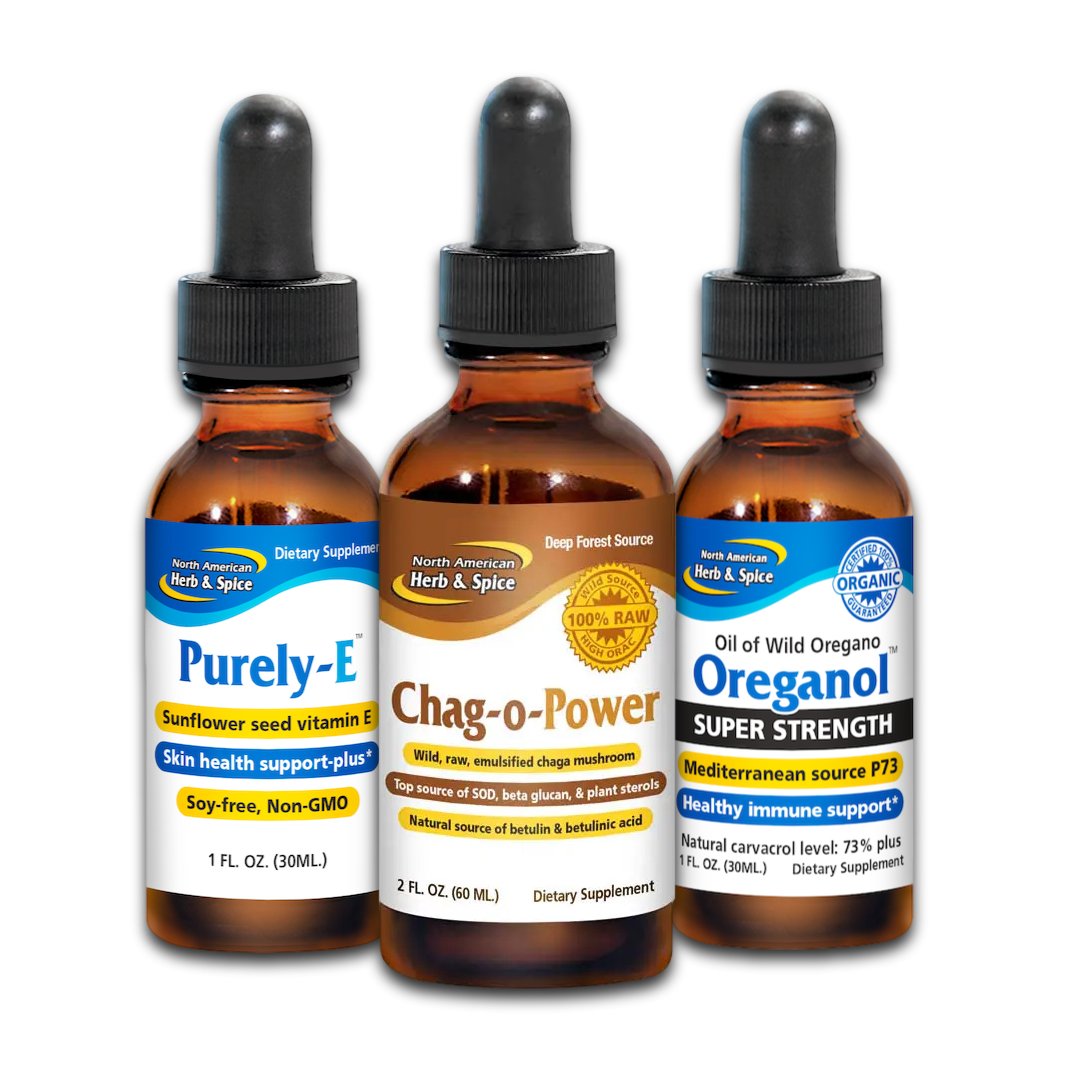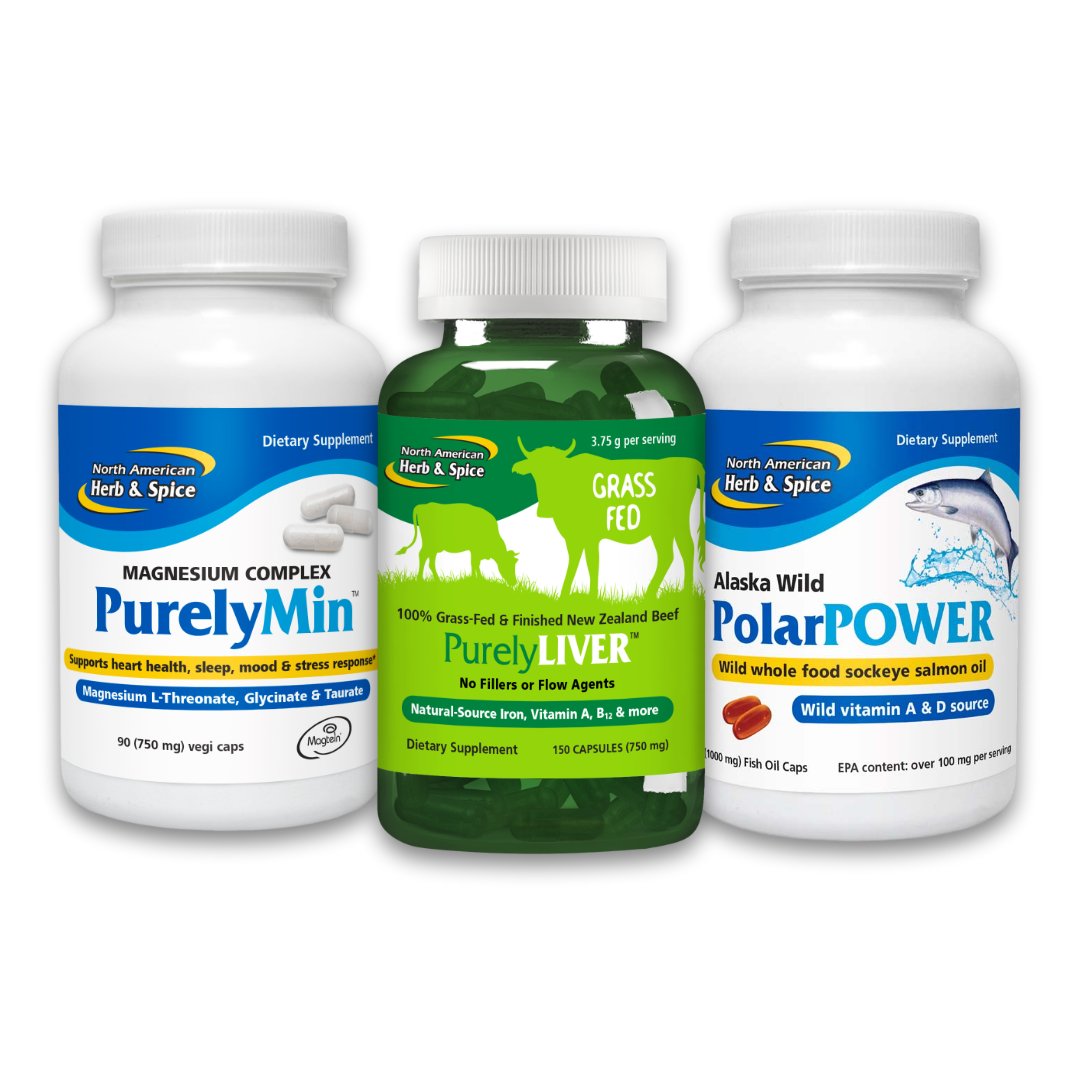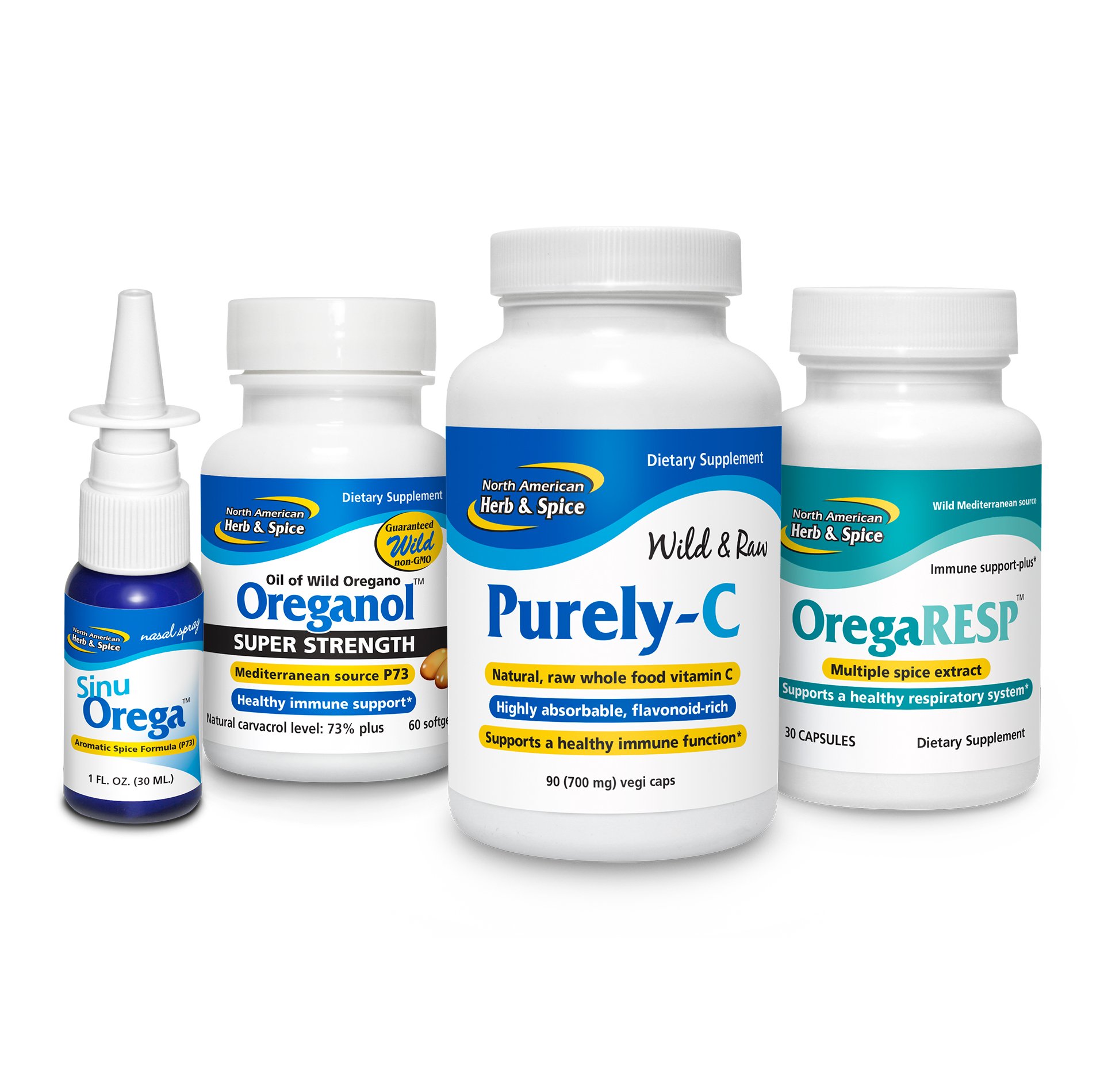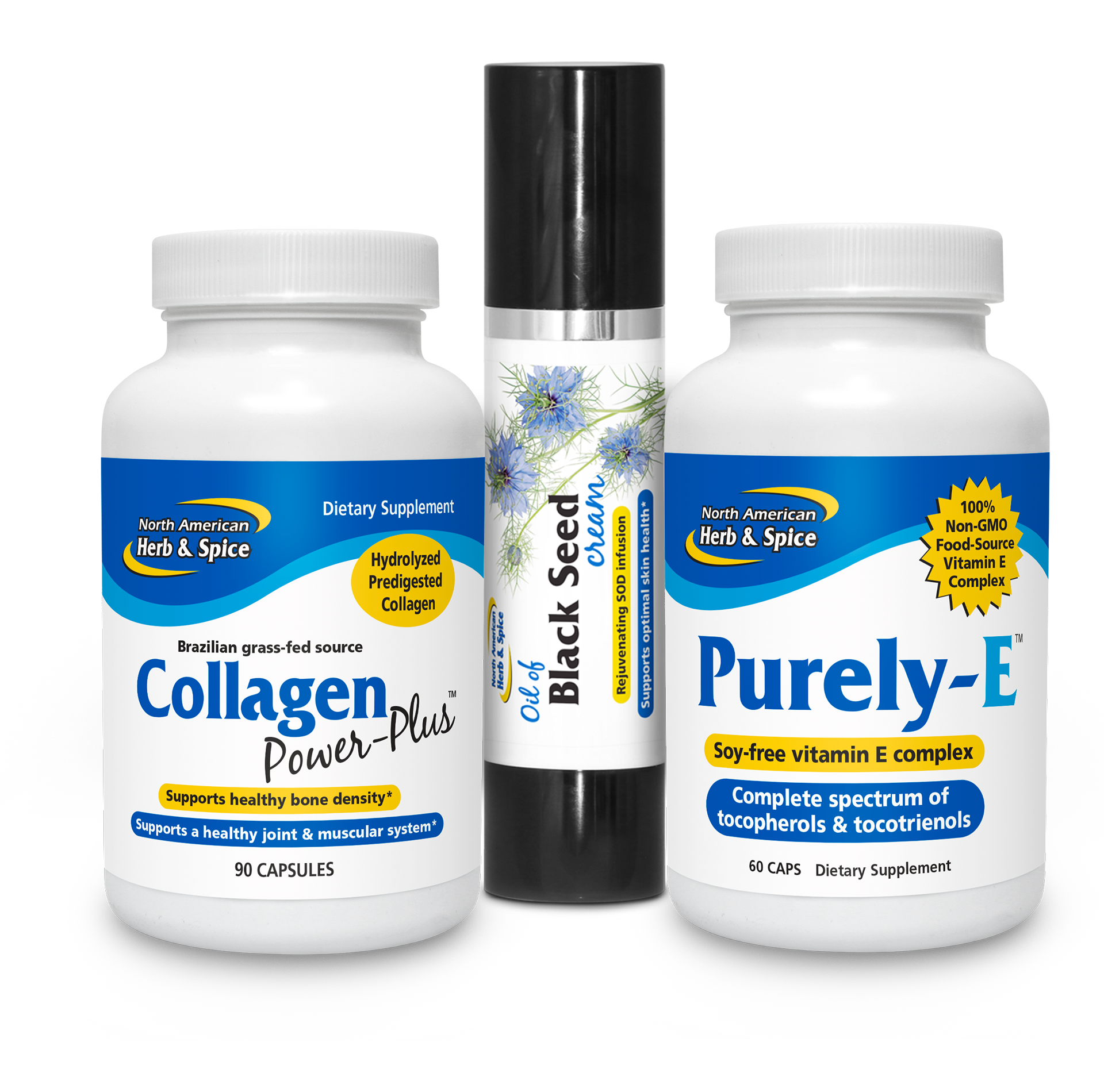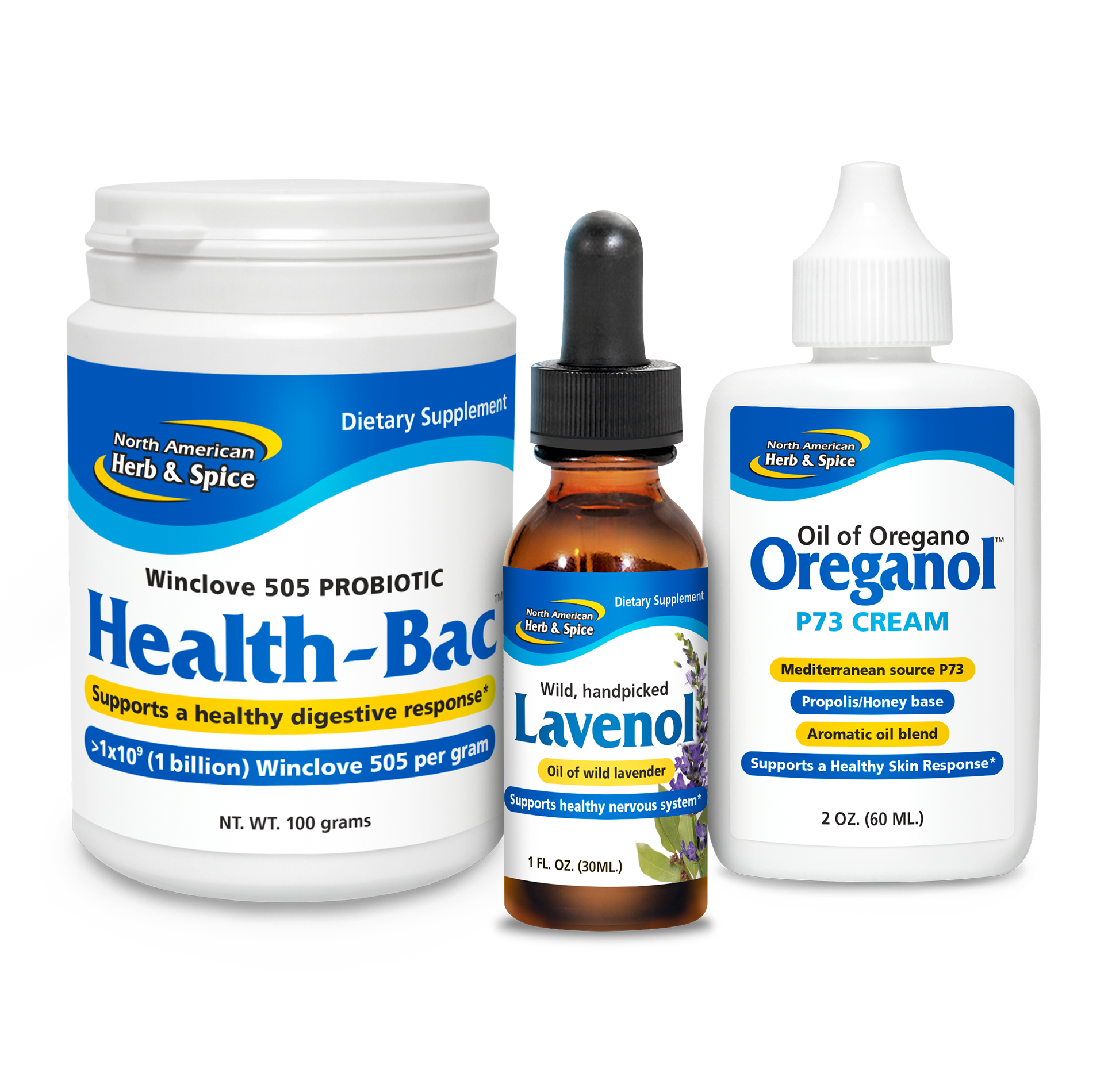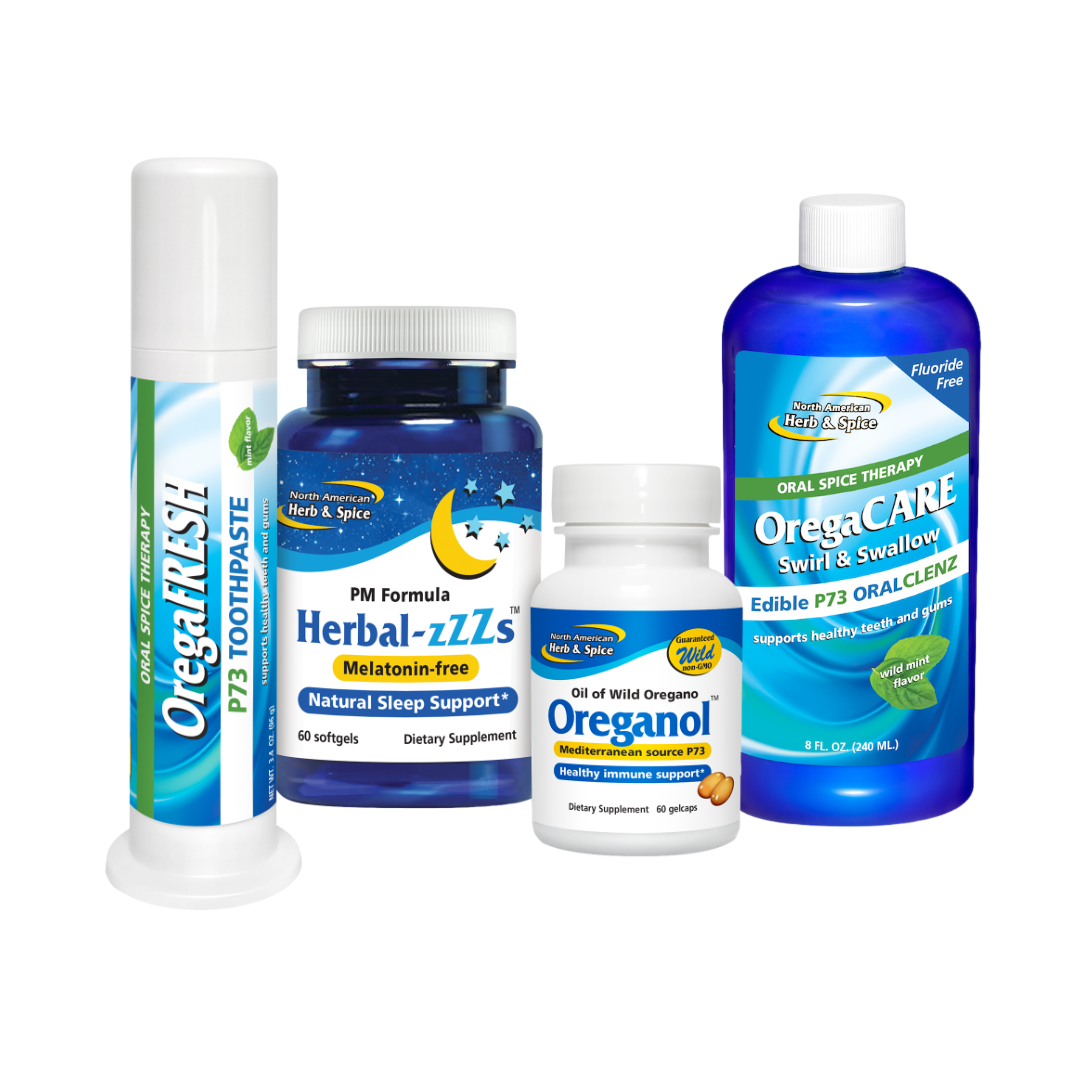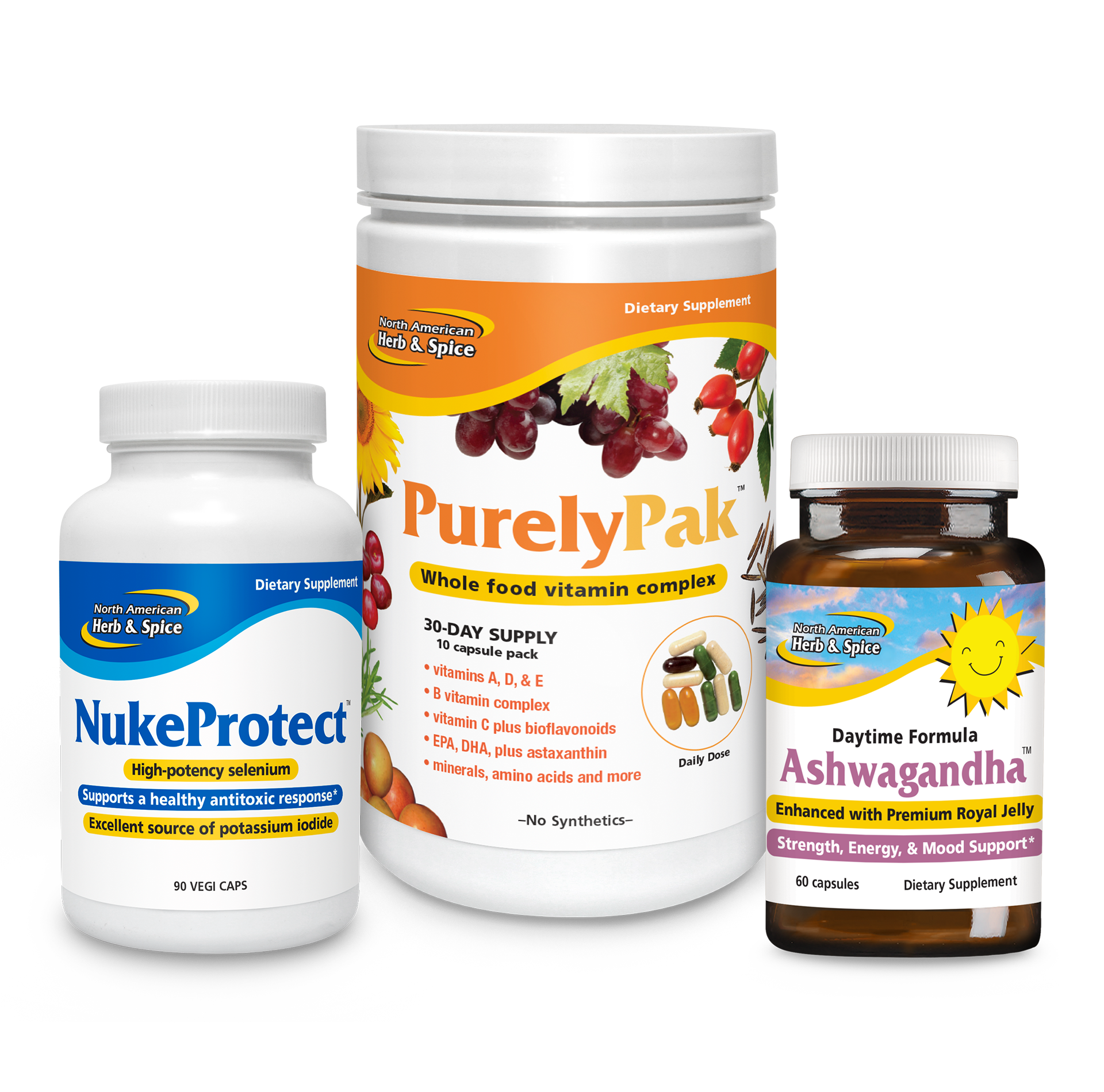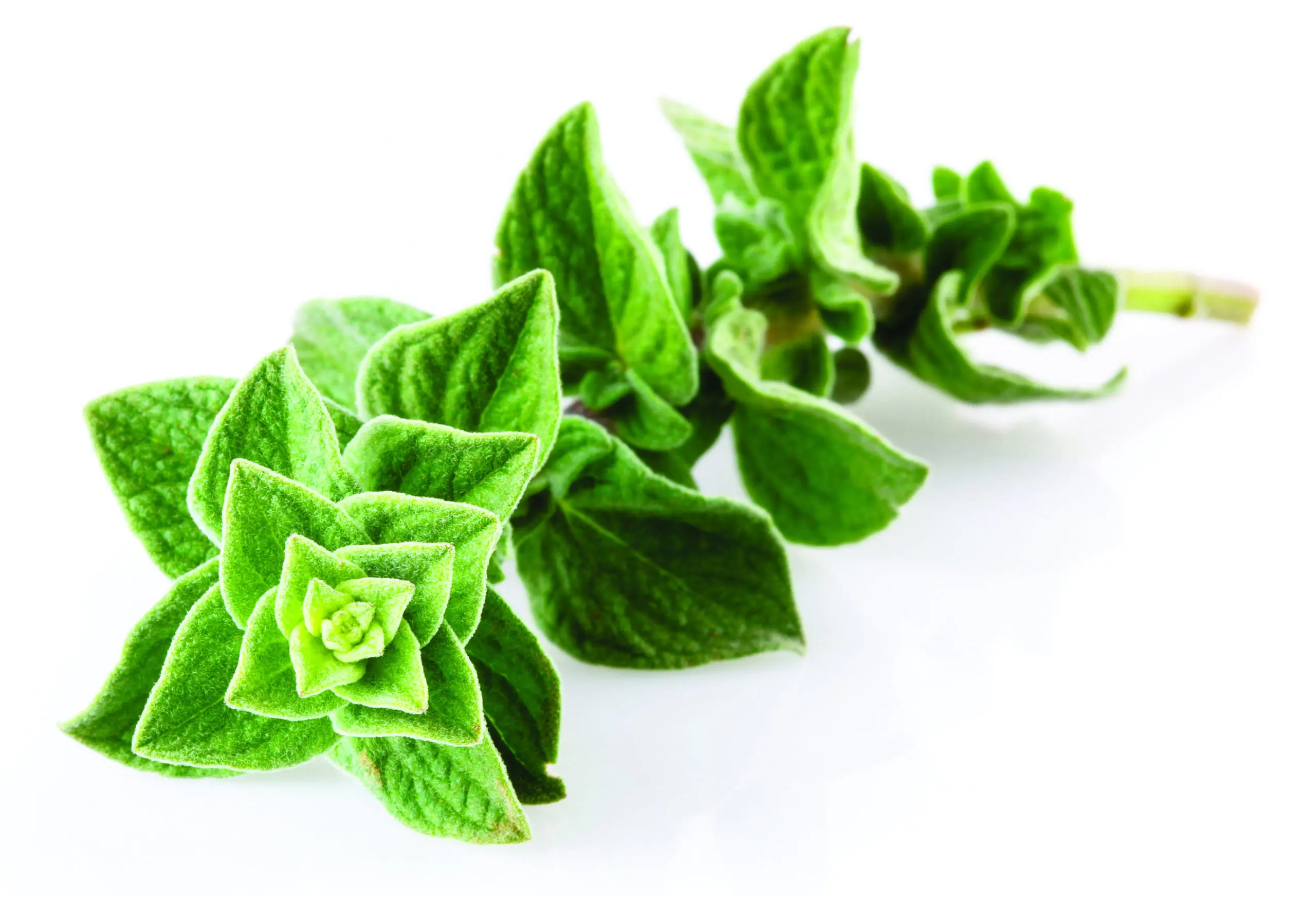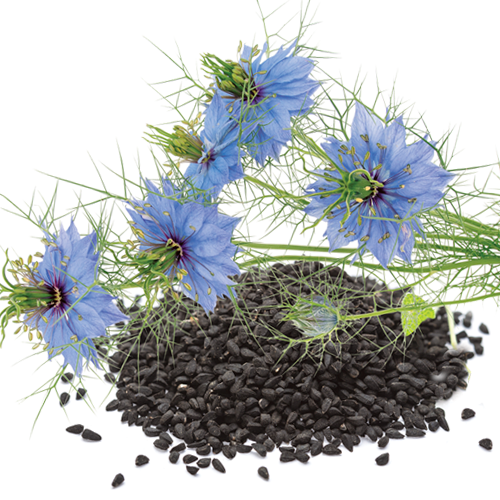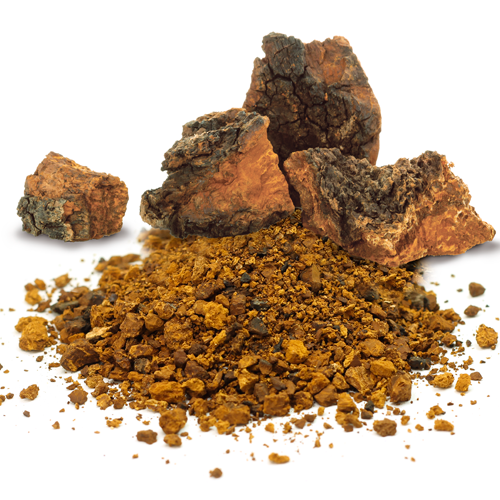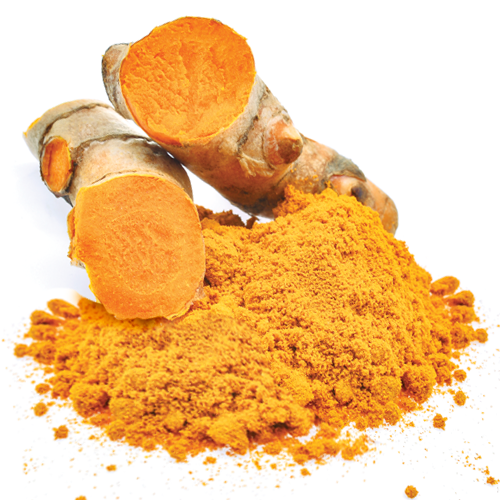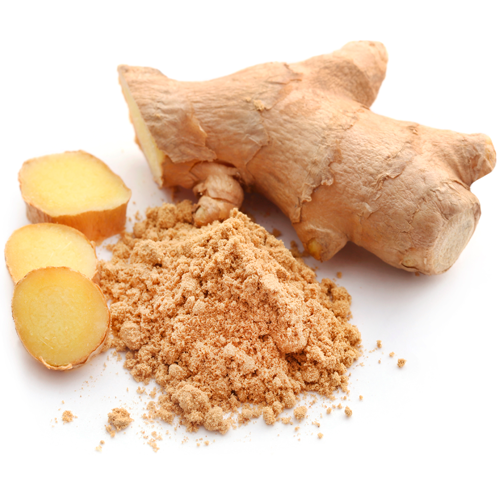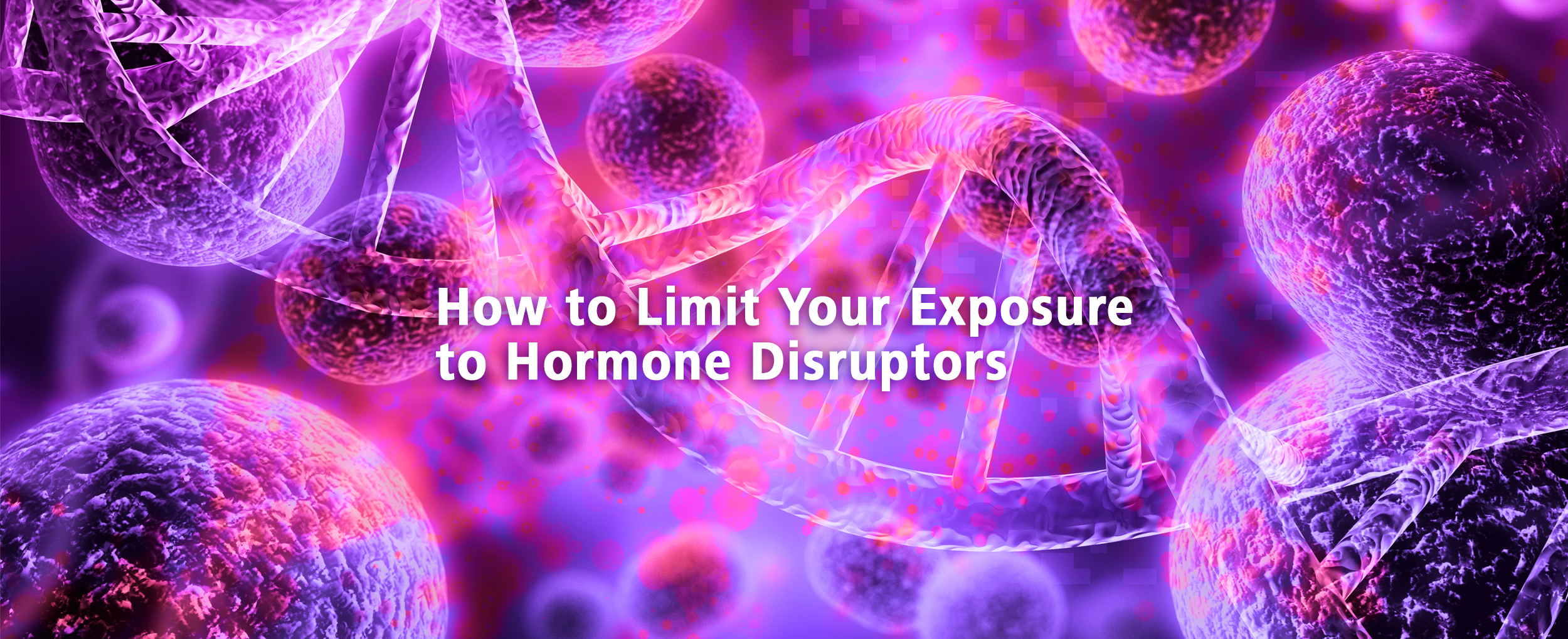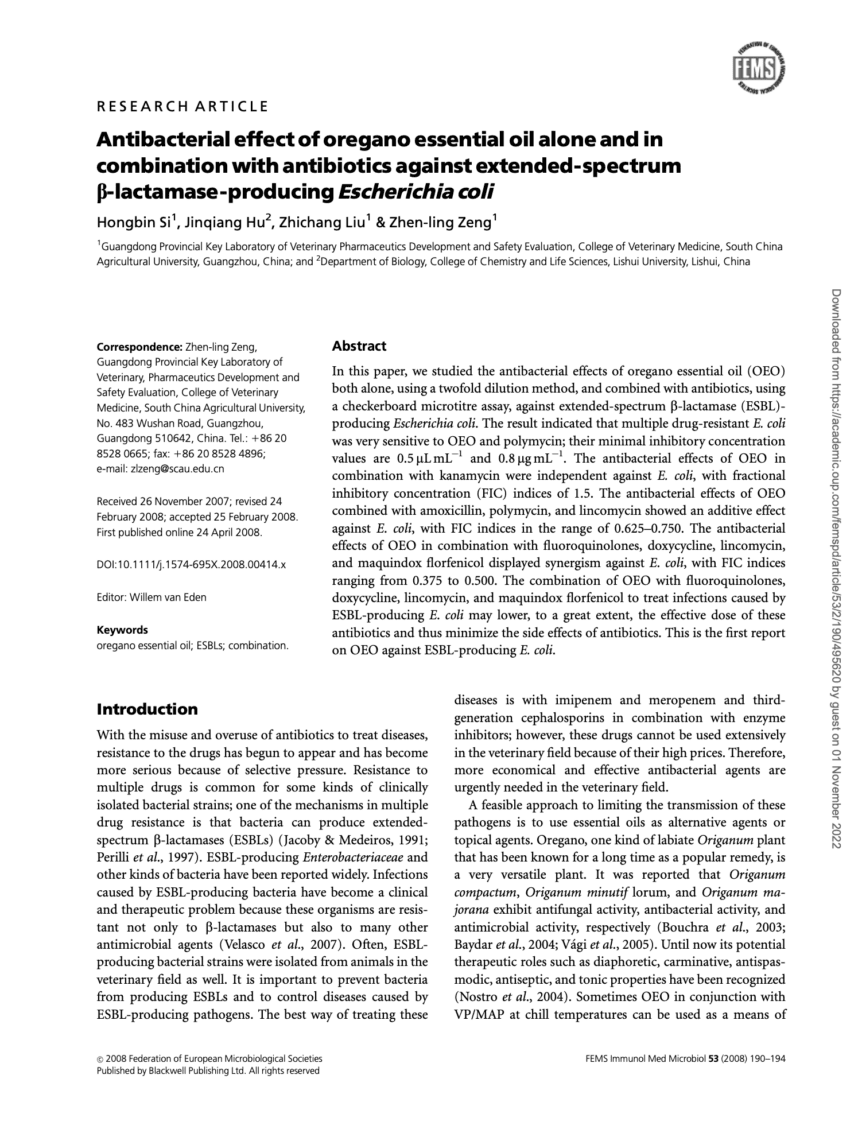
Antibacterial e¡ect of oregano essential oil alone and in combination with antibiotics against extended-spectrum b-lactamase-producing Escherichia coli
In this paper, we studied the antibacterial effects of oregano essential oil (OEO) both alone, using a twofold dilution method, and combined with antibiotics, using a checkerboard microtitre assay, against extended-spectrum b-lactamase (ESBL)-producing Escherichia coli. The result indicated that multiple drug-resistant E. coli was very sensitive to OEO and polymycin; their minimal inhibitory concentration values are 0.5 mL mL1 and 0.8 mg mL1. The antibacterial effects of OEO in combination with kanamycin were independent against E. coli, with fractional inhibitory concentration (FIC) indices of 1.5. The antibacterial effects of OEO combined with amoxicillin, polymycin, and lincomycin showed an additive effect against E. coli, with FIC indices in the range of 0.625–0.750. The antibacterial effects of OEO in combination with fluoroquinolones, doxycycline, lincomycin, and maquindox florfenicol displayed synergism against E. coli, with FIC indices ranging from 0.375 to 0.500. The combination of OEO with fluoroquinolones, doxycycline, lincomycin, and maquindox florfenicol to treat infections caused by ESBL-producing E. coli may lower, to a great extent, the effective dose of these antibiotics and thus minimize the side effects of antibiotics. This is the first report on OEO against ESBL-producing E. coli.

